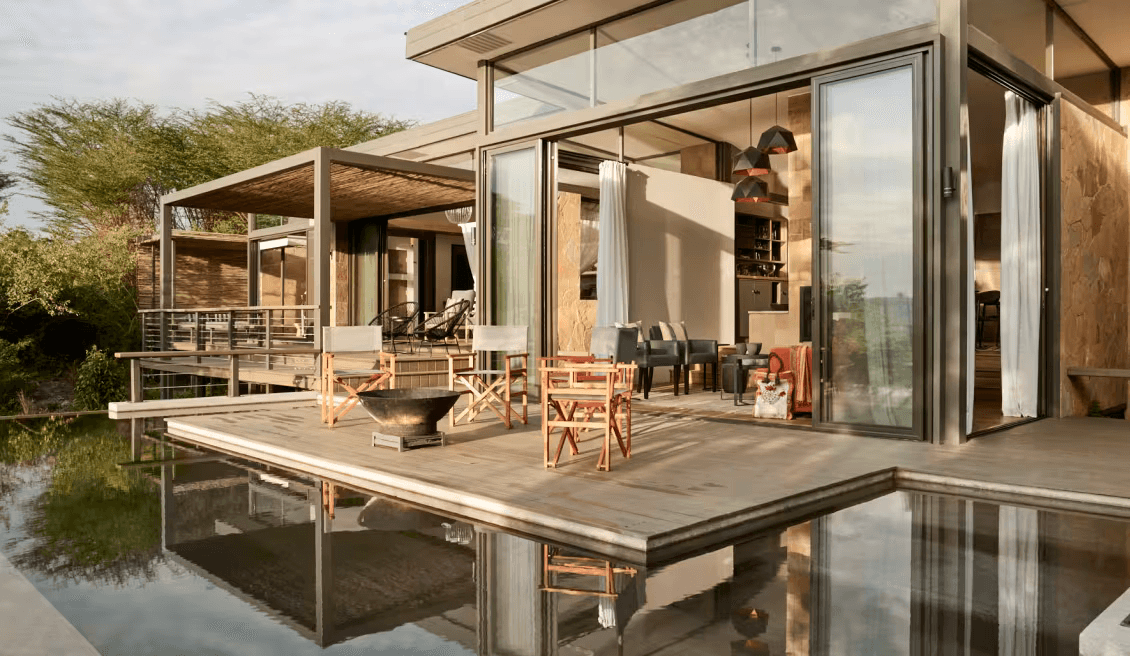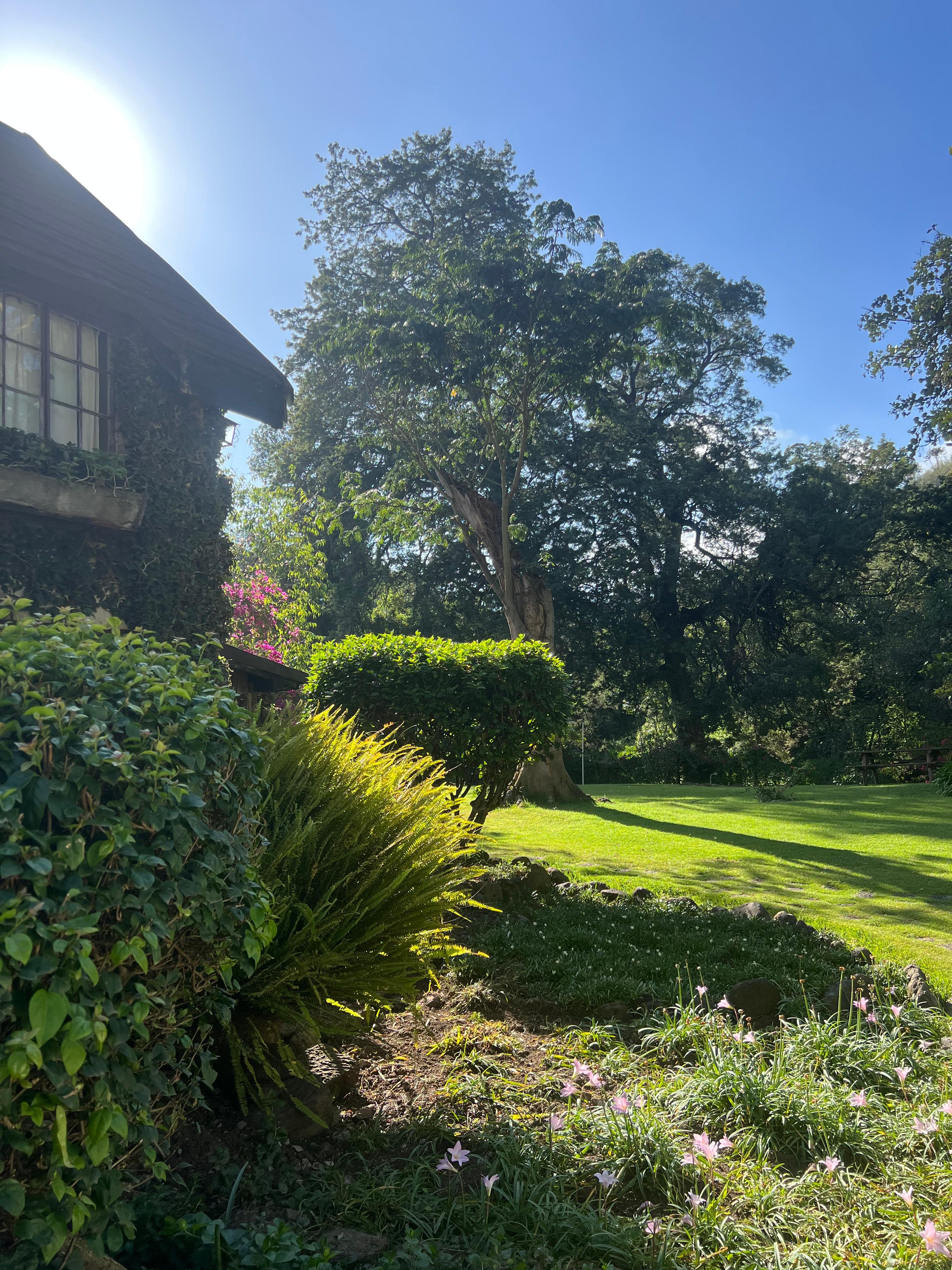INSPIRATION
Senegal: No Longer Under The Radar
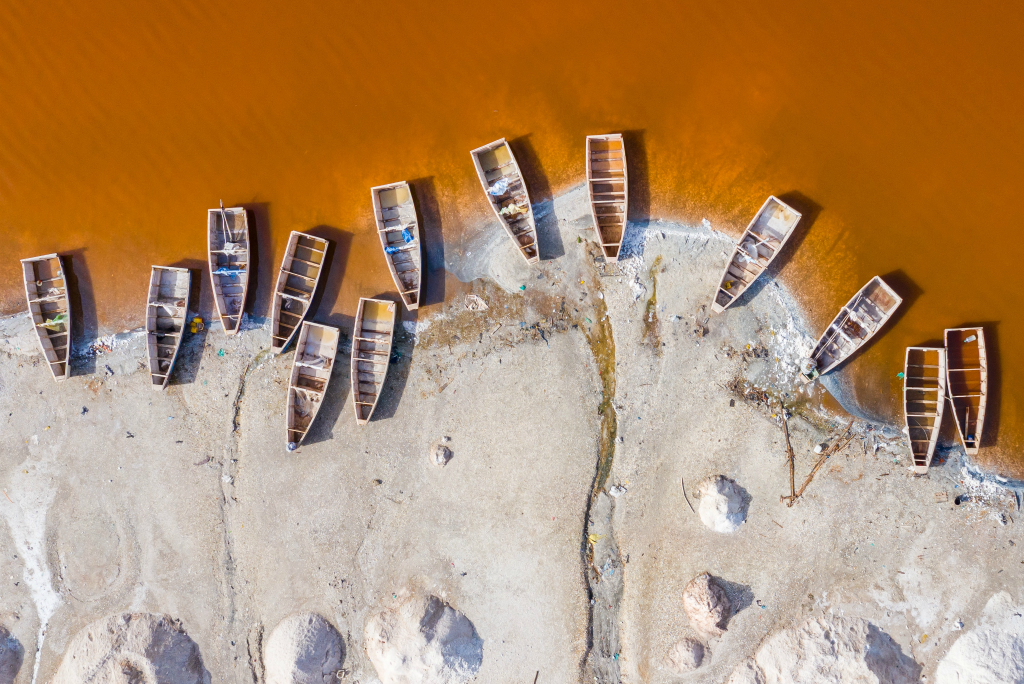
Dakar
As I arrived at Blaise Diagne airport, I felt excited for the two weeks ahead. For this trip, I was prepared for the fact that not many people in Senegal speak English and had therefore tried to brush up on my very basic French. Fortunately, I found the Senegalese to be really patient people, and they appreciated the effort. I was staying in Mermoz, a middle class residential area. As we drove along the beautiful Dakar Corniche, I realised that I was only staying ten minutes away from it. The Corniche is where the whole city seemingly converges for open air circuit training, zumba classes, a run or walk at sunset.
Breakfast and brunch
As someone who loves to linger over breakfast and a nice cappuccino, I checked out cafes and brunch spots online in this city where new, trendy eateries are constantly popping up. I headed for Lulu cafe, a ten minute walk from my Airbnb, passing older people dressed in brightly coloured traditional dress. One thing I love about Africa is the embracing of colour. At Lulu’s I ordered the breakfast special, and the food and decor had me sitting there for far longer than originally planned. As the space is divided into different sections, it’s also a place where you could go and work. Other great breakfast and brunch spots in the Mamelle and Mermoz area include Melo cafe and Simoni cafe. Downtown, there are lots of options for breakfast such as La Galette and Press Cafe.
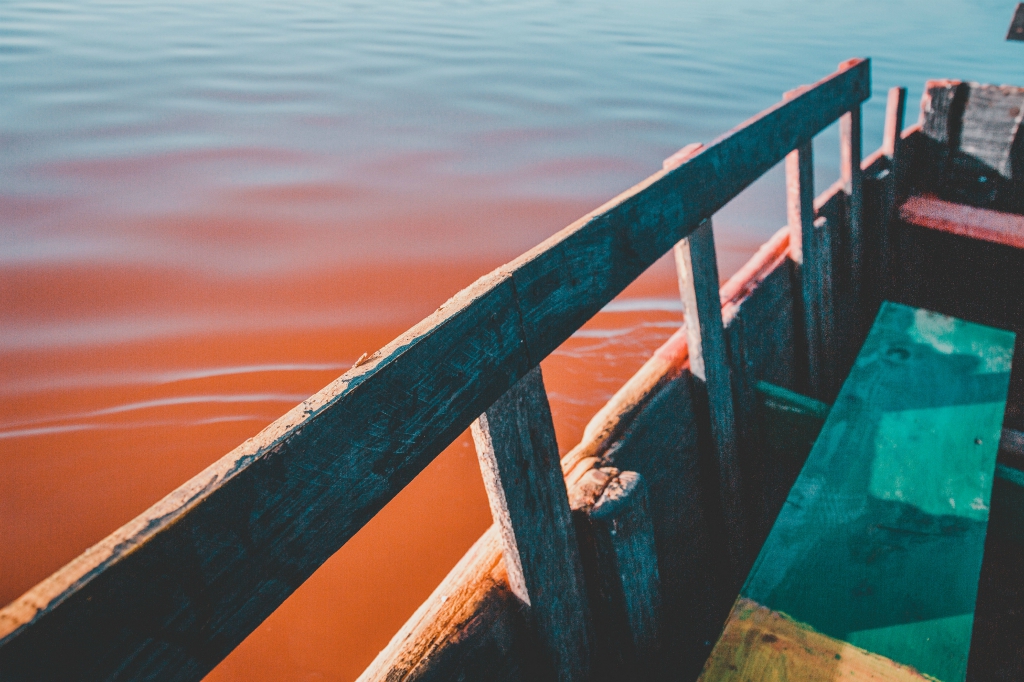
Beaches
Being on the western tip of Africa, you won’t struggle to find beaches in Senegal. The most well known is Saly on the Petite Côte where you’ll notice a large French and Belgian presence, and Cap Skirring in the Southern region of Casamance. Even in Dakar, however, you’ll find some beaches, and these were some of my first stops- places to unwind and catch up on some reading before heading into town. One option is Mamelle beach, a ten minute taxi ride from where I was staying. If you do a lot of solo travel, taxi drivers can be a great way to source for local recommendations, get tips for prices and practise the local language. This ride was no different – a fun exchange of elementary French, Wolof, English and Arabic.
Mamelle beach is small but very charming, backed by lovely little eateries and places to get umbrellas or mats to lie on. When I got there at about 10.30am, it was just me and three young boys alternating between playing football and jumping into the water. As I was about to leave, the people working in the cafes came and introduced themselves; new friends made for my next visit. In the mid to late afternoon, this place gets busier with more tourists but is still a nice respite from the city. If you want a bigger beach, head to the lively Yoff about 30 minutes away and you can learn to surf there too.
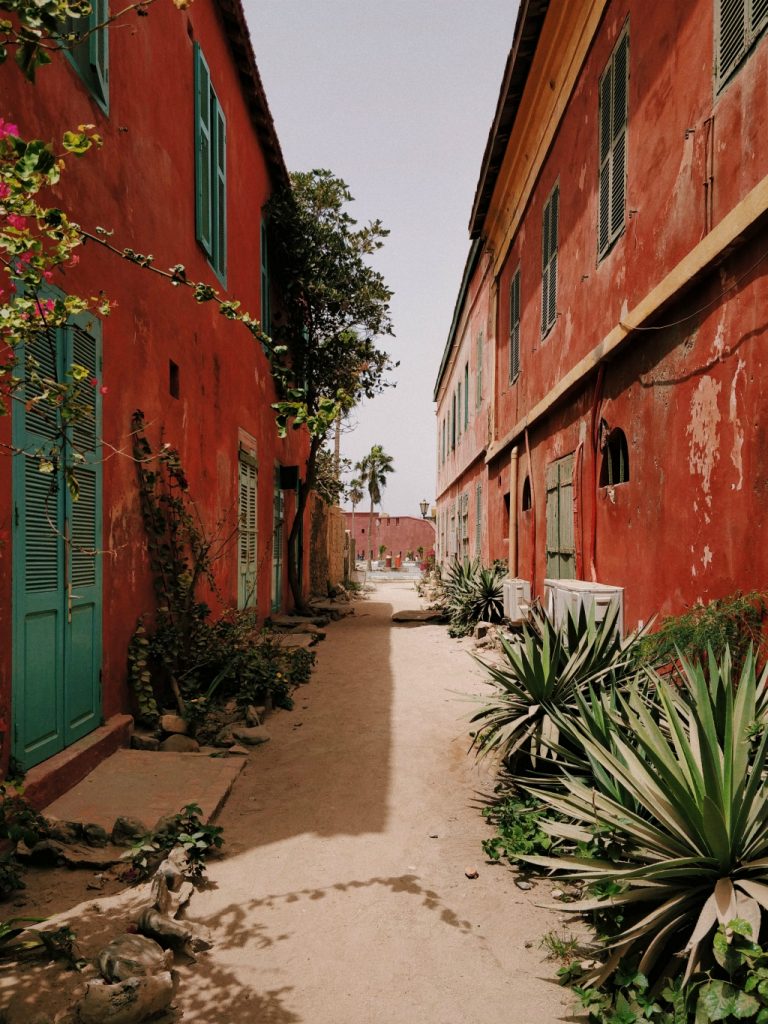
Almadies
This neighbourhood in the north of the city is where some of the nicest sea-facing cafes, hotels and night spots are. Some allow you to go down and join the surfers or get your feet wet. I met up with a friend at Chez Fatou where we snacked, caught up and took some pictures with the incredible sea view behind us. I spent other sunsets and evenings in Almadies at Sharkeys, Jet cafe among others. Many of the places with sea-facing terraces also had sun loungers so you can still get work done or read a book while sunbathing.
Medina
I’d read online about the old part of the city called Medina becoming a hub for street art, so I reached out to a few local creatives to accompany me on a walk to make it a little more informative. One of the first to respond was a talented internationally accomplished photographer and filmmaker called Abdoulaye. He met me at Soumbédioune beach early in the morning to watch the fishermen bringing in their night’s haul, as others went out to sea to replace them. We talked to them and took photos of the colourful pirogue boats then headed off into the Medina with a pit stop for a street baguette and omelette. While it is a residential area, many of the locals have allowed the walls of their homes to be painted with beautiful murals by local artists.
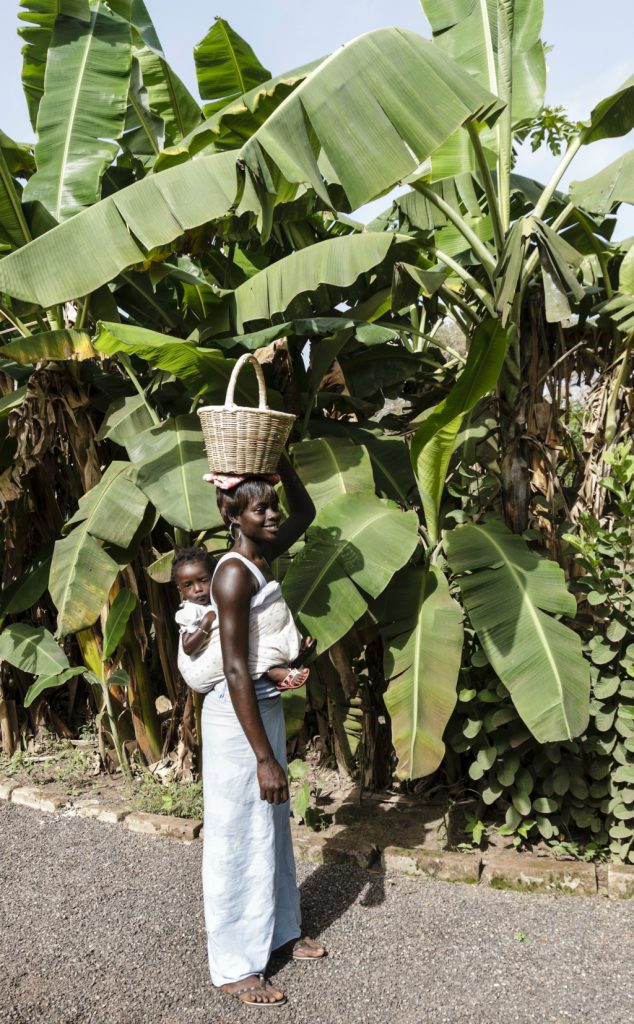
Islamic influence
Dakar is home to some beautiful mosques and I decided to visit my favourite, Mosquee De La Divinite. It’s set down from The Corniche against the sea, and the dramatic setting combined with its stunning green and white colour is truly a feast for the eyes. I was greeted by the guardian, Mohammed. His uncle had founded the mosque and was buried in front. Another delight? The mosque was only open during prayer time but he opened the green shutter windows to show me the inside and told me that men had one floor downstairs but the women had two floors. This is something you’ll see across Senegal, women are actively welcomed to pray. Dakar may not have as many mosques as say Cairo or Istanbul but at prayer time, people will pray anywhere; while waiting to be served in markets and when waiting for taxis, if it is time, the prayer mats will come out, then they continue with their business.
Markets
You cannot visit Dakar without visiting a market or two. Located downtown, Sanadaga is so big that taxis will ask you which part you want to go to. Fabric? Jewellery? What do you need to buy? I was determined to get something made for myself and therefore decided to find a market insider. I was connected to Ibrahim, a friendly tailor, salesman and market guide. He greeted me wearing a bright yellow thobe (bou-bou) and equally bright smile. I scurried along behind him as he took me up the steps of a building in a busy market intersection, full of different rooms with fabric. He left me to choose a design and material I wanted, and this was followed by a little price negotiation. Sewing is usually done in a few hours but I returned the following day to pick them up. Other than Sandaga, HLM is good for markets, while on a smaller scale Marche Artisanal Samboudine is where you can get jewellery and crafts.
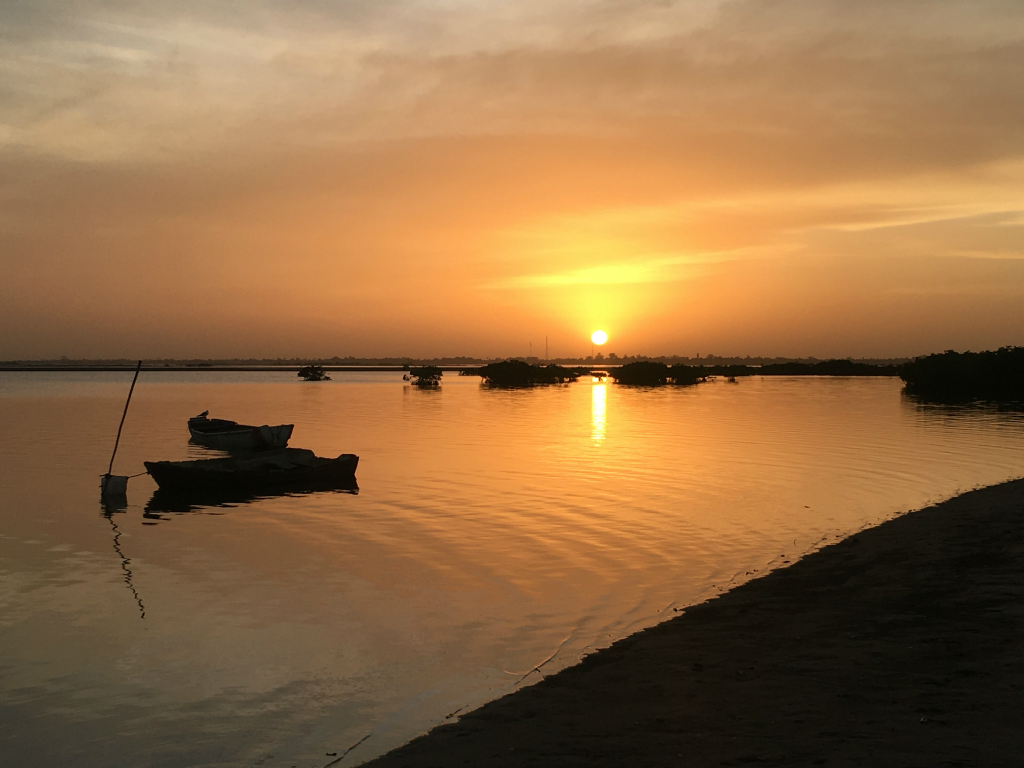
Landmark
The African Renaissance statue is of a man, woman and child facing the sea, and is the tallest in Africa. Built in 2010 to commemorate independence, the long flight of stairs leading up to this statue adds to its drama and is a prime spot to take photographs. It is always worth a visit even just for the fabulous views over Dakar. It was not without controversy when it was built due to the cost, the short skirt the woman is wearing and the fact that it overlooks the mosque. However, people now seem to have warmed to it, and whether or not you visit, you’ll most definitely drive past it at some point. I actually love the statue… to me it represents strength, family and independence.
DAKAR HAS BECOMEsuch a creative hub that last year, a specialist artist residency called Black Rock Senegal was set up to much fanfare and an opening party that included creatives from all over Africa, Europe and the US. Set up by Kehinde Wiley, the artist who was commissioned to paint a portrait of Barack Obama, it’s an exciting addition to the local art scene. A browse through Instagram will help you connect with many creatives doing great things here.
TAGS
Our Top Experiences
SEEN SOMETHING YOU LIKE?
Enquire now and our team will create a custom itinerary tailored to your preferences.

CONTACT
enquiries@nomad.africa
Tel: +254 708 238 738
Purple Nomad Ltd
PO Box 69671 - 00400
Mwanzi Avenue, Nairobi, Kenya
